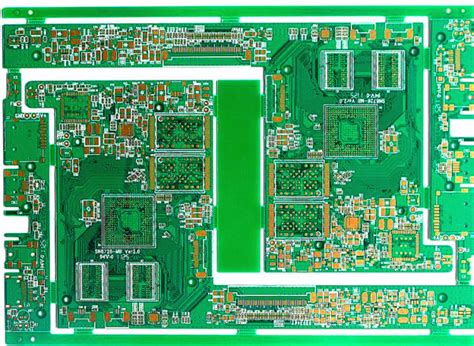
impedance calculation and cross section features pcb layout
Introduction to PCB Impedance Printed Circuit Board (PCB) impedance is a crucial factor in ensuring the integrity and reliability of high-speed electronic circuits. As signal[…]
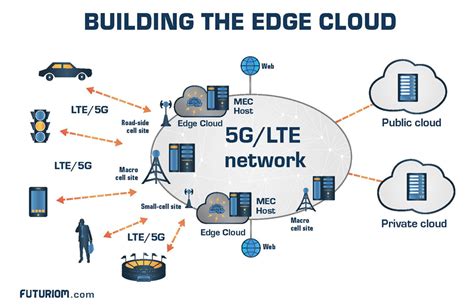
hardware design for edge computing vs cloud computing
Introduction to Edge-Cloud Hardware In recent years, the rapid growth of Internet of Things (IoT) devices and the increasing demand for real-time data processing have[…]
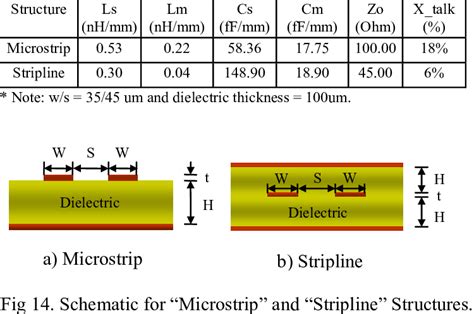
differential stripline impedance calculator
What is a Differential Stripline? A differential stripline is a type of transmission line commonly used in high-speed digital circuits for differential signaling. It consists[…]
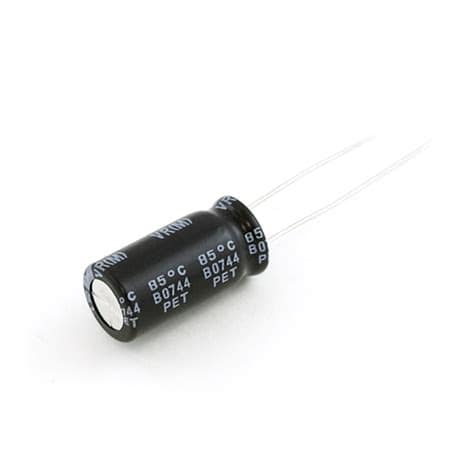
Bypass Capacitor: All you Need to Know
What is a Bypass Capacitor? A bypass capacitor, also known as a decoupling capacitor, is a small capacitor used in electronic circuits to reduce noise[…]
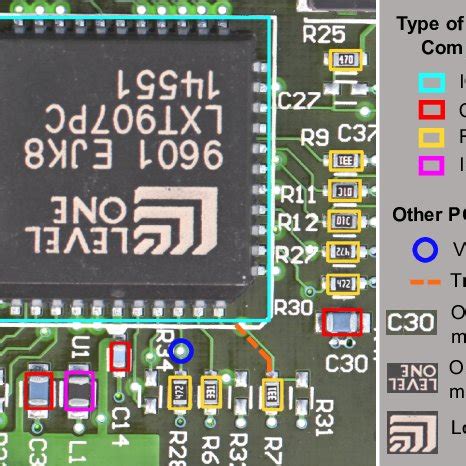
take fear out pcb form factors these four considerations
Introduction to PCB Form Factors Printed Circuit Board (PCB) form factors refer to the physical dimensions, shape, and layout of a PCB. Choosing the right[…]
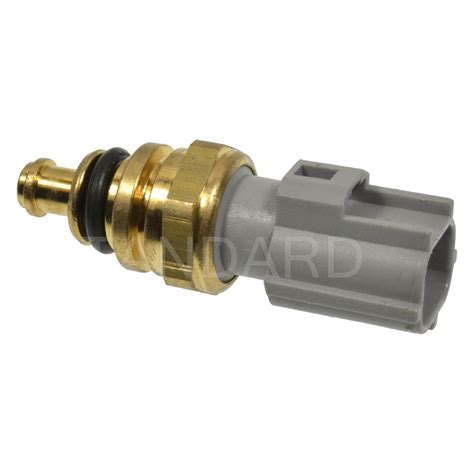
temperature sensor project intro
What is a Temperature Sensor? A temperature sensor is a device that detects and measures the temperature of its surrounding environment. It converts the input[…]
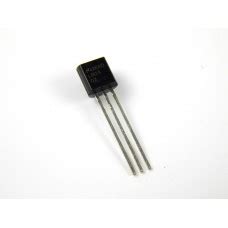
temperature sensor project digital temperature sensor ics
What are Temperature Sensor ICs? Temperature sensor ICs are integrated circuits that are designed to measure temperature and convert the measured value into a digital[…]
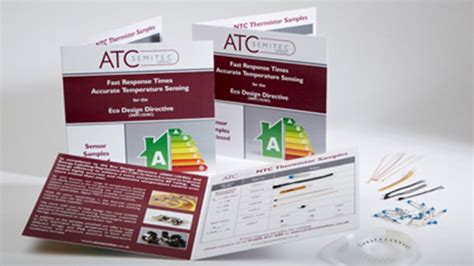
temperature sensor project analog temperature sensor ics
Introduction to Temperature Sensor ICs Temperature sensor ICs are integrated circuits designed to measure and monitor temperature in various applications. These sensors convert temperature into[…]

taking a modular pcb design approach in altium designer
Introduction to PCB Modularity In the world of electronic design, creating efficient and adaptable printed circuit boards (PCBs) is crucial for the success of any[…]
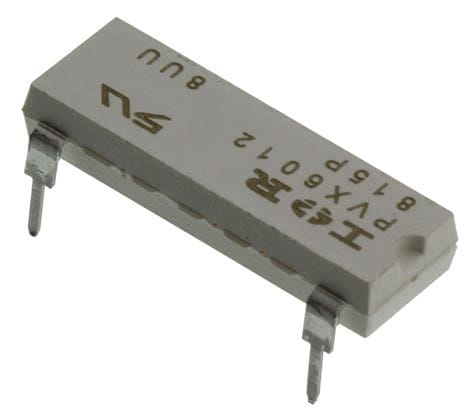
MOSFET Solid State Relay: An Ideal Choice for Applications
Introduction to MOSFET Relays A MOSFET (metal-oxide-semiconductor field-effect transistor) relay, also known as a solid state relay (SSR), is an electronic switching device that uses[…]